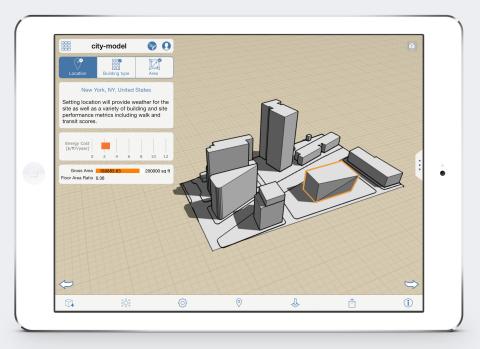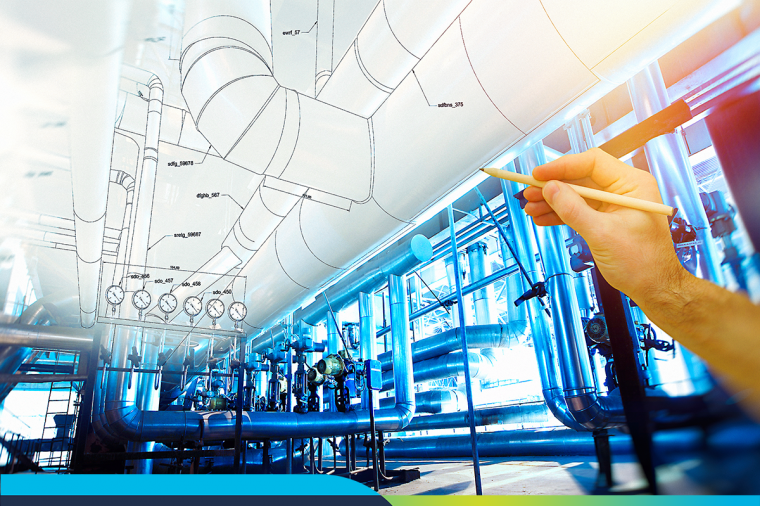
CAD News for Govies is a weekly feature on Acronym that scans thousands of industry articles to present you with a regular source of CAD and GIS news, information and ideas that impact the public sector. Here’s the latest round-up:
Autodesk University 2013 – Recap, Recorded Sessions and On-Demand Classes
In case you missed AU this year, Autodesk’s Shaan Hurley offers a useful recap of this year’s event plus links to recordings of key sessions and on-demand classes featuring Lynn Allen, Cadalyst’s Robert Green, and more. Check them out here.
What’s new in Geo at Autodesk University 2013
Robots for the future jobsite, flying drones for delivering packages and reality capture were all part of the show at Autodesk University 2013. Clearly, these technology directions are dependent upon location and geospatial technology. From keynotes and product announcements to what the future has to offer, check out what’s new in geo at this year’s AU from Susan Smith at GISCafe.
Autodesk Charts the Future of Building Information Modeling
In more news from AU, Autodesk unveiled several exciting new technologies for BIM at this year’s event. Check out this article from Directions Magazine for a full round-up of how Autodesk continues to extend BIM value across the full lifecycle of the built environment for AEC professionals. For example, the image above depicts Autodesk FormIt for iPad which now includes features that enable simple indications of potential building energy performance costs. (Photo: Business Wire)
Autodesk Inventor Tutorial: 8 Tips to Make You a More Productive Designer
Many Autodesk Inventor users don’t have the time to learn about productivity tools and shortcuts on their own. Here are eight Autodesk Inventor tutorial tips thathelp save time and money, and allow you to get more done as a productive Autodesk Inventor designer. Read more at Line/Shape/Space.
Ten Effective Uses for GIS You Might Not Know About
If you’re not familiar with Geographic Information Systems or GIS technology, you need to be. There’s a good chance that you’ve been benefitting from the technology without even knowing about it. Over the last decade, many advances have been made that make GIS more cost efficient for people to use in a variety of applications. Check out these ten effective use cases from GISCafe.
How to Add Photos to CAD Drawings Using Your Smartphone or Tablet
If you’re an AutoCAD 360 user (if you’re not – you can download the free app here) did you know you can add photos to CAD drawings to give real-life context to on-the-job changes and progressions? This blog from the AutoCAD 360 team explains how easy it can be using your smartphone or tablet.
City Uses GIS Web and iOS Travel Apps to Stimulate Tourism Industry
Located in the plains of southwestern Taiwan, Chiayi City is famous for its three great national scenic areas surrounded with high hills and sufficient water resources. The high-speed rail development also makes it more convenient for people to travel to this city during holidays. In an effort to spur tourism and employment in the area, Chiaya City Government partnered with Supergeo, a provider of GIS software and solutions, to build a GIS website and GIS travel applications for Apple users. The GIS website and mobile apps were developed to record data about human resource management and construction of aesthetics for the living space, and then formulate creative marketing campaigns to increase jobs and accelerate urban economic revitalization in the City.
This project aims to assist local stores that match specified conditions in collecting coordinates of stores, performing Nearest Neighbor Analysis, and using spatial data to promote the culture of local traditional industries. Read more from Directions Magazine.
Advancing 3D Printing Capabilities Excite Construction Leaders & Gov Agencies
While virtual 3D digital models of construction projects have been available for several years, accurate physical representations of design intents have only recently become a possibility thanks to 3D printing. Like ink-jet printers, 3D printers deposit fine particles on a surface, but then keep adding more passes and layers, bonding together the particles with various agents so that, guided by a 3D design file, they accumulate and rise into solid shapes. The process also is referred to as "additive printing."
Not only is 3D printing catching on in the market, it is rapidly improving in terms of production speed, materials options, binding agents and scale. But it is the latter that really catches most people's imagination. ENR.com recently published an article about how NASA is collaborating with the University of Southern California to iron out the kinks of full-scale building printing as part of a program to seek ways to build with in situ materials on the Moon and Mars.

















































